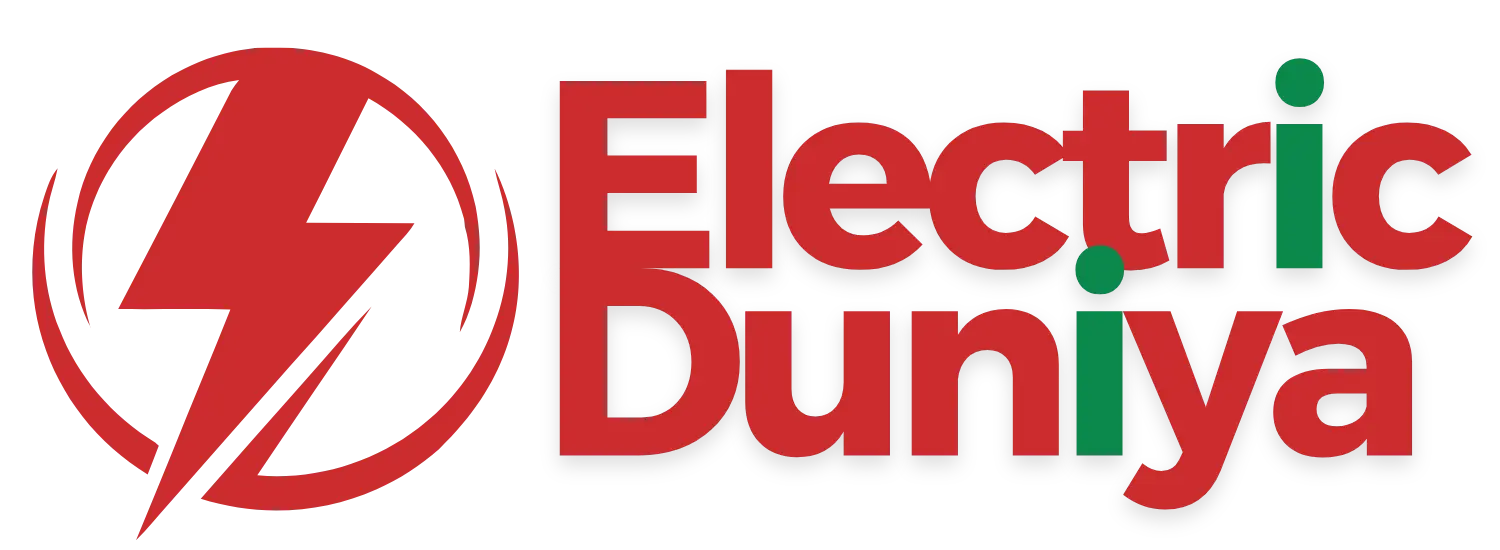Brushless DC Motor
A Brushless DC Motor (BLDC motor) is a type of electric motor that operates without brushes by using electronic commutation to convert electrical energy into mechanical motion. It is widely used in electric vehicles (EVs) due to its high efficiency, low maintenance, and superior torque-to-weight ratio.
Overview
The brushless DC motor has become a cornerstone of electric vehicle propulsion systems. Unlike traditional brushed motors that rely on physical contact between carbon brushes and the commutator, BLDC motors utilize a solid-state controller to manage current flow through the stator coils. This results in a quieter, more efficient, and longer-lasting motor—perfectly aligned with the core values of EV technology: efficiency, durability, and precision control.
In the EV landscape, performance and efficiency aren’t just desirable—they’re mandatory. BLDC motors answer this demand with high torque delivery at low speeds, regenerative braking support, and seamless integration with electronic control units (ECUs). They’re used not only in the main traction system but also in auxiliary functions such as power steering, HVAC blowers, and battery cooling systems.
How Does It Work?
At the heart of a BLDC motor is the interplay between a permanent magnet rotor and electrically energized stator windings, coordinated by a microcontroller.
Here’s how the process unfolds in EVs:
-
Electronic Commutation:
Instead of using mechanical brushes to switch current, the BLDC motor relies on a controller that precisely times and directs the electric current to the stator windings. This generates a rotating magnetic field.
-
Magnetic Interaction:
The rotor, made of permanent magnets, is pulled along by this rotating field, producing torque. As the rotor moves, position sensors (often Hall effect sensors or encoders) feed back its position to the controller for accurate switching.
-
Closed-Loop Control:
In EV applications, advanced control algorithms (like vector control or field-oriented control) are used to synchronize motor operation with driver input, vehicle speed, and load conditions—ensuring optimal efficiency and responsiveness.
Because there’s no frictional contact from brushes, BLDC motors generate less heat and require minimal maintenance—key advantages in the thermally constrained environment of EV powertrains.
Features of Brushless DC Motor
-
High Efficiency and Power Density
BLDC motors convert a higher percentage of electrical input into mechanical energy, minimizing losses. This makes them ideal for EVs, where energy conservation directly translates into extended driving range.
-
Low Maintenance and High Reliability
The absence of brushes eliminates mechanical wear and the need for frequent servicing. This translates to longer service intervals and increased system reliability, crucial for mission-critical EV components.
-
Precise Speed and Torque Control
Thanks to electronic commutation, BLDC motors provide refined torque modulation and rapid dynamic response. This makes them well-suited for traction control, regenerative braking, and smooth acceleration in EVs.
Each of these features directly supports the EV ecosystem’s demand for sustainability, performance optimization, and minimal downtime.
Applications in EV
BLDC motors are deeply embedded in the electric vehicle architecture, serving a wide array of functions:
-
Traction Motor Systems:
Many EVs, especially two-wheelers and compact electric cars, use BLDC motors for propulsion due to their compact size, light weight, and excellent torque characteristics.
-
Battery Cooling and Thermal Management:
BLDC fans and pumps regulate battery and inverter temperatures, helping maintain safe and efficient operating conditions.
-
Power Steering and Ancillary Functions:
Electric power steering systems and HVAC blowers use BLDC motors to deliver smooth and consistent operation with low energy consumption.
-
Regenerative Braking Systems:
In integrated drivetrain designs, the BLDC motor can also act as a generator, recovering kinetic energy during deceleration and feeding it back into the battery pack.
Whether driving the wheels or cooling the powertrain, the versatility and efficiency of brushless DC motors make them a foundational component of the EV revolution.
Conclusion
The Brushless DC Motor is more than just a motor—it’s a precision-engineered solution tailored for the demands of modern electric vehicles. By offering high efficiency, minimal maintenance, and exceptional performance control, BLDC motors support everything from primary propulsion to auxiliary systems.
In the broader EV ecosystem, these motors represent the convergence of mechanical simplicity and electronic sophistication. Their widespread adoption across vehicle classes—from scooters to SUVs—highlights their adaptability and critical role in advancing sustainable, high-performance electric mobility. As EV technology continues to evolve, the brushless DC motor will remain central to achieving cleaner, smarter transportation.

